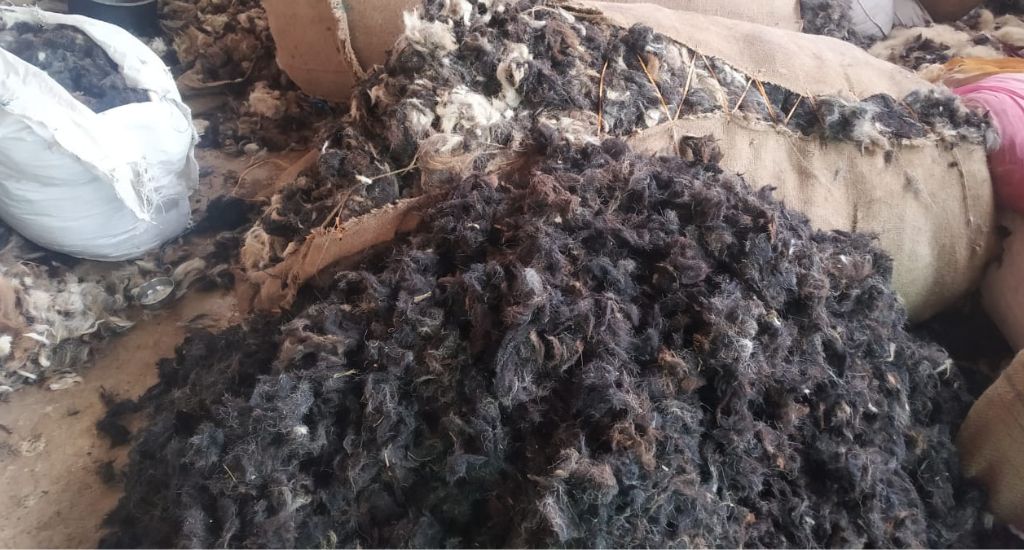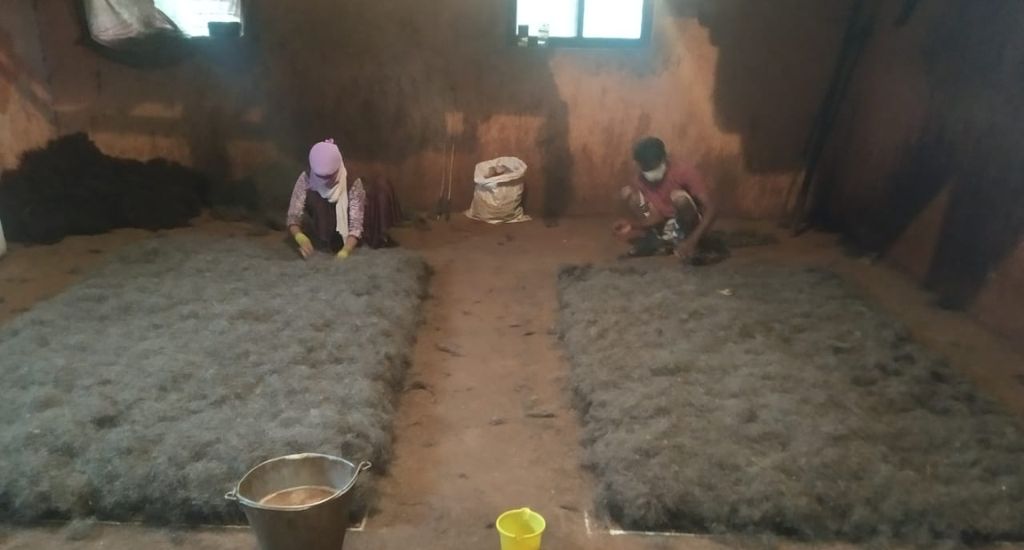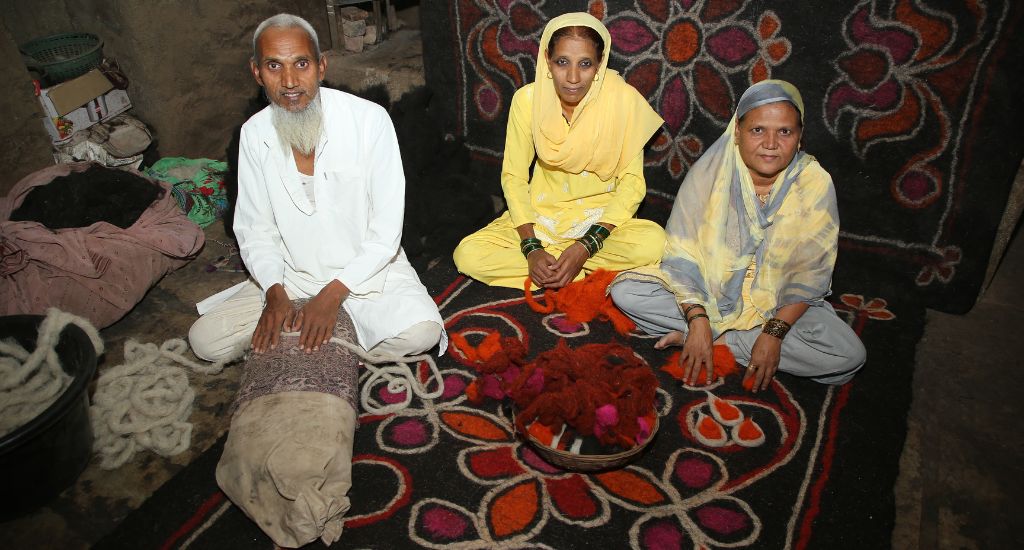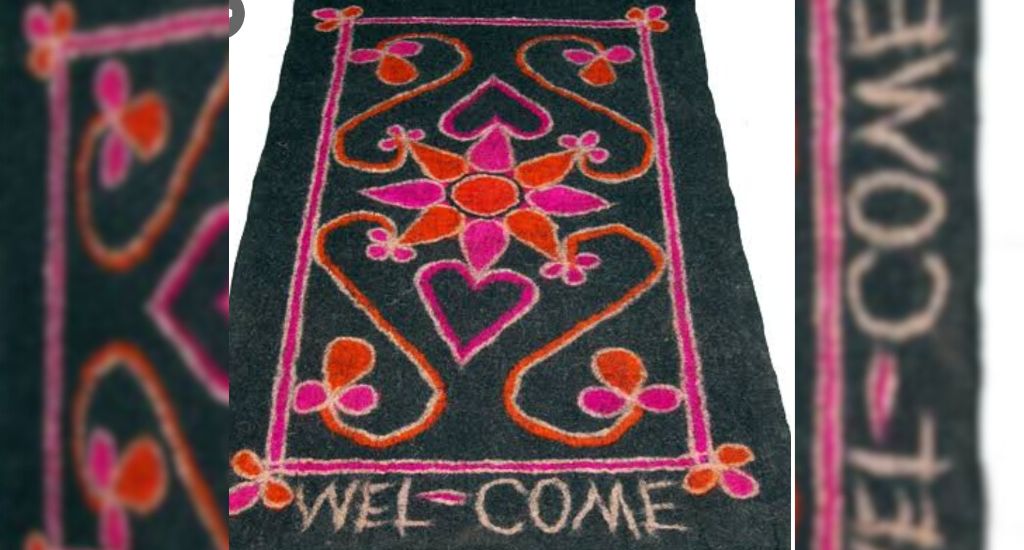
Jen and the art of making carpets fly in Maharashtra
Jen is a timeless craft woven into the very fabric of Maharashtra’s heritage, a testament to the resilience of tradition against the backdrop of modernity.

Jen is a timeless craft woven into the very fabric of Maharashtra’s heritage, a testament to the resilience of tradition against the backdrop of modernity.
Introducing “jen” – a versatile creation born from the fleece of sheep. Unroll it, and it transforms into a carpet, inviting into a meditative Zen state. Spread it out, and it becomes a mattress, or drape it as a cosy blanket – invoking the inner kaizen, the Japanese philosophy of change for the better. This is jen.
In the heartland of western Maharashtra, where the hands of time seem to cradle a hidden tradition, the craft of hand-knotted jen carpets thrives – known to few yet woven into the cultural fabric. Its legacy, with roots reaching back four centuries, runs through the districts of Satara, Solapur, and Sangli, revealing a rich heritage brought from Central Asia to the Deccan.
Among the guardians of this handicraft are the Nadafs, a community dispersed across the three districts. However, only a handful of them are labouring passionately to preserve the tradition.
Kausar Nadaf from Nimsod village in the Khatav taluka of Satara district is one of the torchbearers. “I learned the art of making jen in my natal home, and I’ve carried it forward into my married life. Crafting jen has been a part of our family for generations,” she said.
The baton of this family tradition passes from one generation to another. Shabbir Nadaf and his wife Minaz from Mhaswad village in Satara district assumed control of the family trade from his elder brother Sikandar and his wife Madina.

Sikandar reminisced about their grandfather’s involvement in making jen. Their jen-making unit now stands as the only surviving one in their village, with others having closed down. Shabbir has a store on the bustling Solapur-Satara highway, ensuring that people no longer need to navigate the labyrinthine lanes of the village to find these treasures.
Significant changes have occurred over time, with the most notable being the mechanisation of the weaving process. But tradition seldom echoes from the rhythmic clatter of mechanised looms in the jen factories. These spaces, resembling large windowless rooms, house artisans seated around structures more reminiscent of charpoys than looms.
Yet, sourcing the wool unveils another chapter of the craft. Sheep’s wool, deemed the finest, journeys across the border from Nipani in Karnataka. “The sheep in Karnataka are better fed, so the wool is better. Better raw material produces a better final product,” Kausar said.
The painstaking process involves biannual wool sourcing, cleaning, sorting by colour, dyeing, and weaving. Before the weaving begins, the wool undergoes a meticulous cleansing process – stripped of thorns, sheep droppings, and mud. The essence of a jen lies in the felting process, where wool fibres are matted and pressed to form a fabric.

“We do not need too much coloured wool,” Sikandar said. Jen has a limited range of designs and colours – orange, red, black, and white – but its appeal is widespread. New jens are rigid and rough. Shabbir proudly displays an older jen, its wool yielding to time, becoming more pliant, and its colours evolving into a vibrant tapestry after months of use.
The evolution of the jen unfolds not just in mechanisation but in design. While the earlier motifs embraced squares, lotuses, and borders, today’s patterns tend towards a standard “flower and bel buti (garland and flowers)”, Sikandar said. This shift aligns with market demands, offering a delicate dance between tradition and contemporary appeal.
Kausar’s venture, the Tawhid Jen and Ghongadi Centre, not only sustains this craft but also breathes life into the tradition, employing three couples who diligently produce 12 jens and three ghongadis each day. Like jen, a ghongadi is a sheep wool blanket crafted on a pit loom, coloured with natural dyes, and treated with tamarind paste for enhanced durability. The black ghongadi serves as bedding, while the white variant is used as a blanket.
Yet, a yearning for expansion lingers. “I want to scale up, employ more people. But I need easier access to finance,” she said, hinting at the untapped potential and latent demand for these woollen marvels.

Kausar, driven by an entrepreneurial spirit, extended the realm of possibilities beyond jen, creating shoes reminiscent of those found in Uzbekistan, smaller floor coverings akin to the “gabbas” of Srinagar, cushion covers, and more.
With her expanded repertoire, she garners a monthly income of Rs 25,000. The Nadafs of Mhaswad witness a profit ranging from Rs 150 to Rs 200 for each sold jen, a reminder of the intricacies that weave the fabric of access to finance – a challenge they confront due to a lack of collateral for bank loans.
For Shabbir, this isn’t merely a trade. It’s a familial legacy he has embraced throughout his life. “I have worked on this all my life, as it was my father’s enterprise and his father’s before that,” he reflected.
With an eye on the future, he introduces his son Mohammad to the family’s heirloom business, harbouring hopes of global expansion. “I am cautiously optimistic about the survival of this art,” he said, a sentiment echoing through the clattering looms.